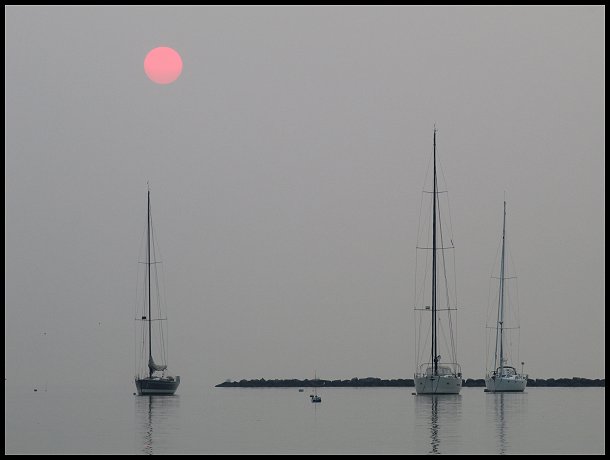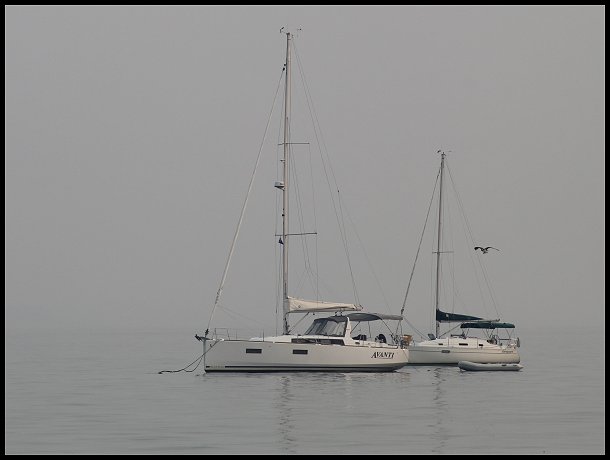PRINT AS PDF
Climate scientists have long highlighted the overwhelming evidence that greenhouse gas pollution is driving a warming of the Earth’s climate. They have long warned that extreme weather and related events—heat waves, drought, floods, and wildfires—would result from ongoing climate change. Entranced by the siren song of the fossil fuel industry, policy makers remained oblivious to the threat.
2019 saw historic heat topple longstanding records in Europe and Alaska. The mercury reached a scorching 108° in Paris. Anchorage suffered through its first 90° day on record and experienced its warmest June, July, and August on record. Policy remained largely dedicated to preservation of the status quo.
2020 saw temperatures reach their highest ever levels in Siberia. Death Valley reached 129.9°, likely the highest reliably recorded temperature on record. At Phoenix, the temperature reached 100° on a record 145 days, 110° on a record 53 days, and 115° on a record 14 days. July was its hottest month on record. August then broke that mark with a 99.1° mean temperature.
2021 has already seen an unprecedented heat wave crash upon North America’s Pacific Northwest during which the temperature reached 108° in Seattle, 116° in Portland, and 121° in Lytton, BC. Death Valley reached 130.0°. Exploding wildfires and fire tornadoes pillaged parts of western North America and Siberia. Terrible floods ravaged parts of Europe, India, Nigeria, Russia, and China. Drought-driven famine stalked Madagascar’s helpless population.
The lifeless morning and smoke-shrouded afternoon and evening of July 20 provided just the latest reminder that there is no refuge for the world’s peoples from climate change. There are no permanent resting places for the world’s peoples. The intervals between extreme events are temporary respites.
November’s COP26 conference offers the world’s leaders a renewed chance to chart a better course for humanity. There still remains time for a reasonable transition. However, each day of relative inaction only squanders the slender amount of time that now separates relatively painless transition from extremely painful disruption.
The world’s leaders can still secure humanity’s future. At COP26, they should rise to the occasion. What course will they choose?
In the meantime, below are four photos from July 20:







